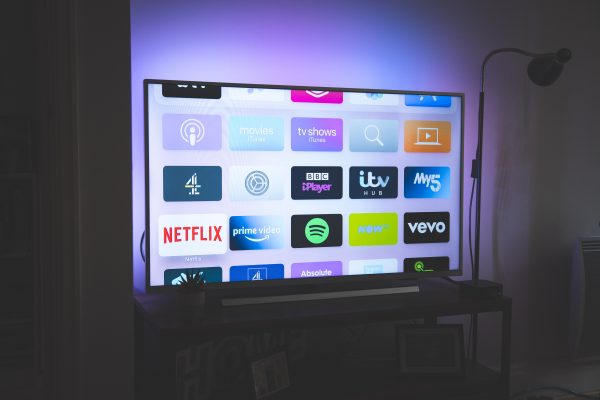Video-on-demand (VOD) is a technology that delivers video content, such as movies and TV shows, directly to individual customers for immediate viewing. Internet-based VOD is becoming increasingly common in the video rental market, providing customers with instant access to a vast library of programming at the click of a button. New development efforts are focused on bridging the gap between the Internet and the television set, allowing online rental services to compete with cable providers to bring content to customers’ television screens. At the beginning of the 21st century, more than 70% of Internet traffic was streaming video. The many options for Internet VOD even led some viewers to “disconnect” – that is, to reject cable TV in favor of Internet streaming.
Why you need an OTT monetization solution!
If you’re a brand marketer or content owner looking to increase viewership and optimize reach, the best way to do that is to create your own platform. Obviously, for medium to large publishers like you, this would be the best option to rely on the websites you own.
Video on Demand The main highlights are
Optimal branding capabilities
Complete freedom of control
Flexible content fee fixing
Secure rigid resources
Peace of mind content efficiency
How VOD works
Now that you know what VOD is, let’s understand how it works. Here is a brief description of the VOD delivery model and the different steps it involves.
Steps of VOD operation.
First, the video asset is compressed using a suitable compression technique Next, the asset is encoded/transcoded into a format that can be played on a video player Then, the compressed and encoded asset is moved to a VOD server After encoding, the asset is placed into a video container The container provides basic information such as thumbnails and metadata As needed, the asset is encrypted and sent to the user’s device using a variety of protocols for this purpose. For example, HLS or MPEG-DASH Some VOD services also use CDNs or content delivery networks Finally the video content is decoded by the player and is ready to be seen Remember, the above explanation is a simplified overview of the entire VOD process. As you get deeper into VOD technology, things get more complicated when you mix user permissions, ABR technology and monetization models together.
What are the different types of VOD monetization models?
- AVOD (Ad Based Video on Demand)
AVOD is the revenue model that YouTube follows. Here, revenue comes from ads that are strategically inserted into the video content. - In the AVOD model, users do not have to pay anything to watch the videos. Here, the main strategy is to attract as many viewers as possible to watch the videos and ads. 2.
- SVOD (Subscription Video on Demand)
SVOD is currently the most popular VOD consumption model. In this revenue model, the viewer or subscriber pays a monthly (usually annual) fee to access the content library of the VOD service provider. - TVOD (Transactional Video-on-Demand)
The Transactional VOD or TVOD model uses a pay-per-view scheme. Here, customers have to pay for the video they want to watch and only for that video. In a way, it is the exact opposite of SVOD, where you have to pay for access to the entire content library. - BVOD (Broadcast Video on Demand)
BVOD or Broadcaster VOD is a subtype of AVOD where broadcasters offer linear content offerings along with on-demand catch-up TV shows. Most of these services earn revenue based on subscriptions.
Xmediatv Video Advertising Realization
Xmediatv is one of the well-known video monetization platforms in which you can build enhanced video streaming services. They equip everyone with an advanced monetization model through their advanced TV-grade hosting software. In addition, you can earn resourceful revenue on the best video streaming platforms very similar to Netflix or Hulu in the platform.
